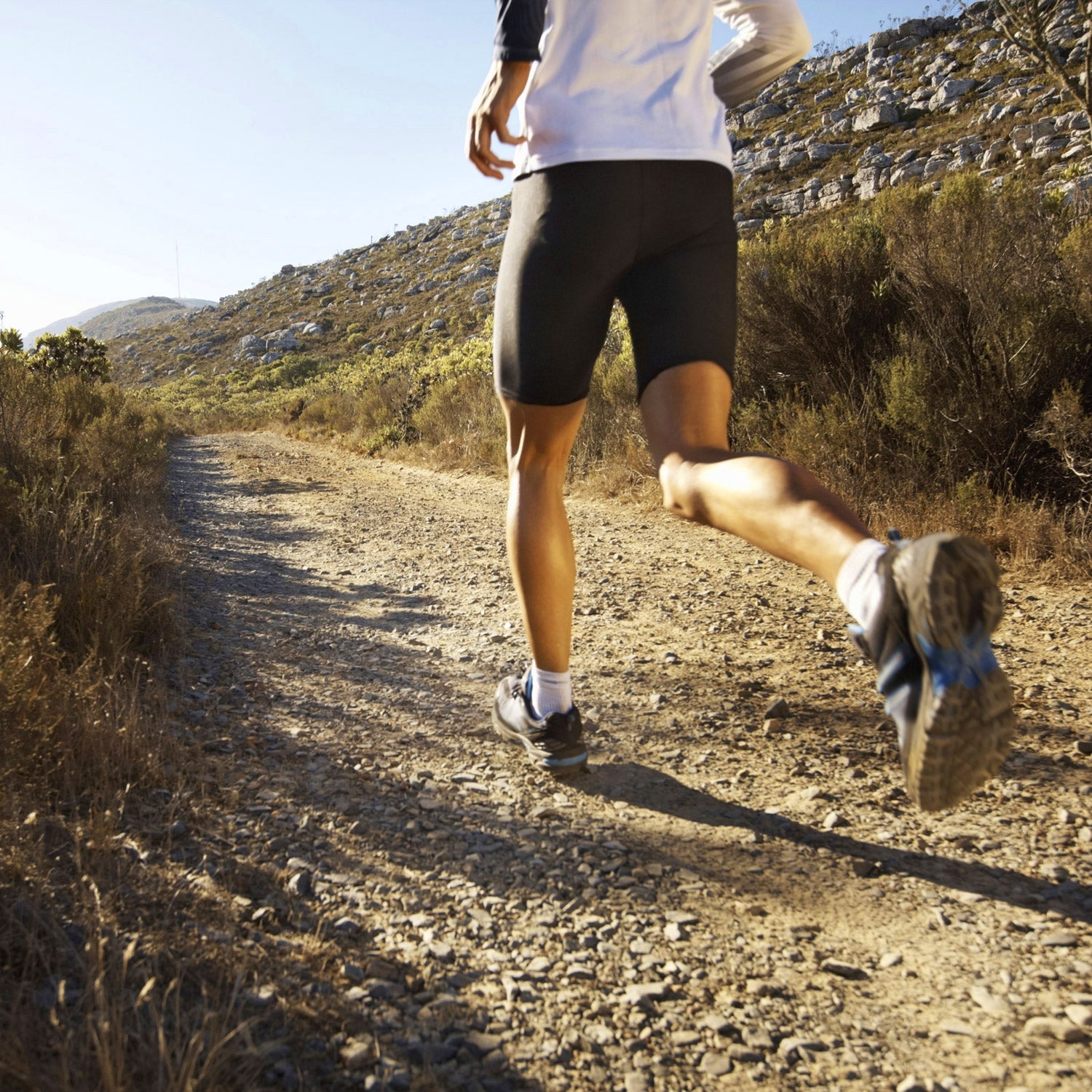Want to make a thousand runners angry? Start paving their favorite crushed gravel path. Officials in Upstate New York learned that the hard way last month when about 20 protesters picketed a 4.5-mile pavement project on the Eerie Canal Trailway between the towns of DeWitt and Manilus, according to Runner’s World, while another 1,777 people signed a petition against the laying of pavement. Their argument: soft surfaces are easier on runners’ bodies.
But science says that’s just not true.
We’ve written a lot about the myth that paved running surfaces contribute more to injuries than others. In this article, we cited a study that found running on asphalt actually decreased the risk of tendinopathy (tendon injury or inflammation). And Chair of USA Track and Field’s Sports Medicine and Science Committee Dr. Bob Adams told us that it’s best to mix up running surfaces, because doing the same thing all of the time can lead to repetitive use issues. “The ideal would be to run some on the pavement, some on the trail, and some on the track,” he said.
Most people unconsciously land a little softer when running on hard pavement, and a little harder when running on soft, pine-needle covered trails.
The conclusion: Surface hardness doesn’t make much difference at all: by subtly changing how we land, our bodies are pretty good at keeping impact forces constant no matter what we’re running on. In layman’s terms, that means most people unconsciously land a little softer when running on hard pavement, and a little harder when running on soft, pine-needle covered trails.
The New York Times highlighted the same result in a 2011 article titled: “For Runners, Soft Ground Can Be Hard on the Body.”
It would’ve been great to see city officials cite these articles when the runner mob came picketing. (The pavement, officials told Runner’s World, was a well-meaning effort to improve accessibility for all trail users while lowering maintenance costs.) But quoting researchers might not have made a difference, because perhaps what the runners of DeWitt and Manilus are missing more than a soft surface is the feeling of the outdoors.
Pavement can make running feel like less of an escape, while a more natural surface and its inconsistencies can make a run feel like more of an adventure, even if it’s on the side of a busy road. From that unscientific perspective, it’s easy to understand the runners’ irrational heartache.
And in the end, everybody came to a compromise. City officials decided to pave only 2.9 miles of trail, leaving 1.6 miles of virgin crushed gravel to the runners.


